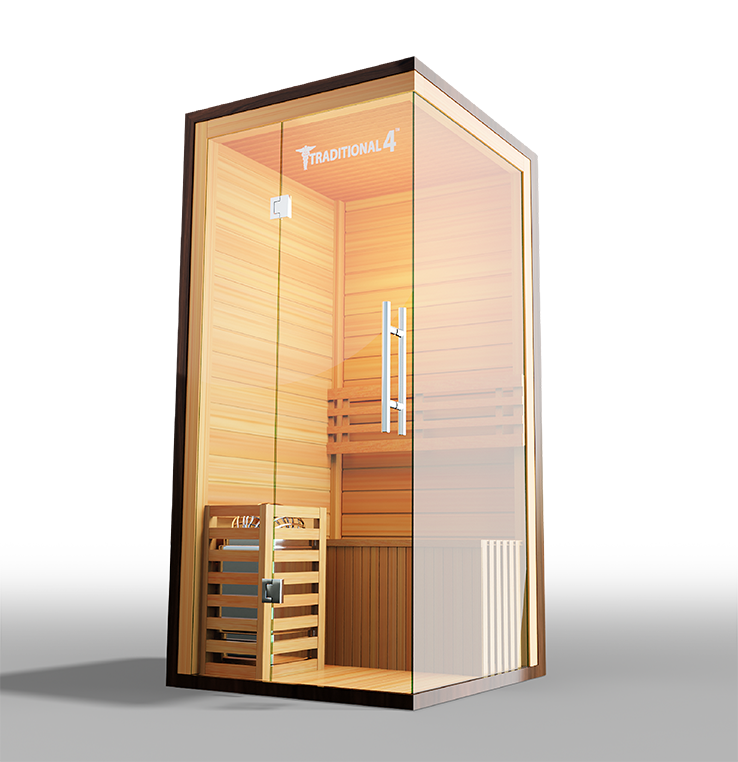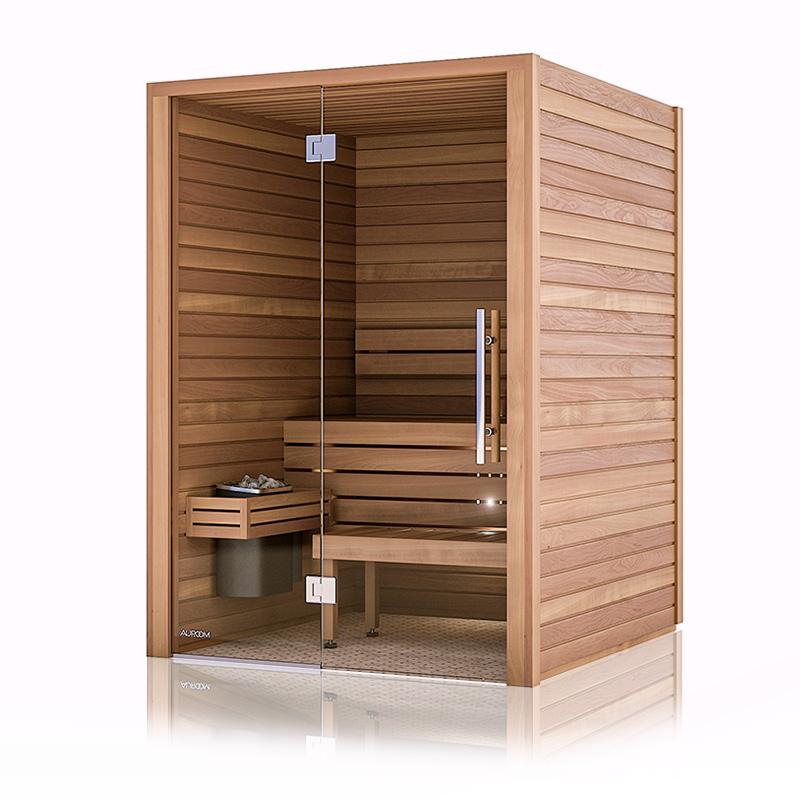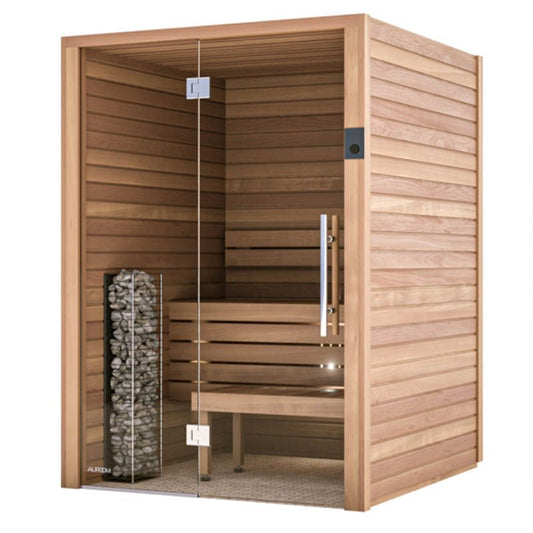The 45-Second Trick For Traditional Sauna
The 45-Second Trick For Traditional Sauna
Blog Article
About Traditional Sauna
Table of ContentsRumored Buzz on Traditional SaunaExamine This Report about Traditional SaunaThe Buzz on Traditional SaunaTraditional Sauna Fundamentals ExplainedTraditional Sauna Things To Know Before You Buy
A lot of the weight shed in a sauna is water loss and is re-gained upon rehydrating. Without a doubt sauna can be a crucial component of a healthy and balanced weight loss program. To look at the distinctions between conventional and IR saunas, I will separate these into proven, academic, and produced distinctions.Hence, the best factor in the saunawhich goes to the ceiling straight above the sauna heateris normally in between 185 and 190 F. Claims that a typical sauna goes beyond 200 F is simply not true and not appropriate for electric saunas sold in the United States. The temperature for a far-infrared sauna is usually set in between 120 and 140 F; however, unlike the typical sauna, the objective in and IR area is not to attain a heat.

When a standard sauna has been effectively warmed, the sauna wall surfaces are warm, the air temperature level has achieved established temperature level and the rocks are super warmed. As a fascinating side note, the heated wall surfaces and the rocks are producing far-infrared warmth, integrated with the warmed air, to produce an "enveloping warm".
Traditional Sauna Things To Know Before You Get This
When the heat is attained, the components cycle on and off to keep the high temperature. A lot of traditional sauna individuals take pleasure in pouring water over the rocks to produce heavy steam to elevate sauna moisture levels. The benefits of putting water over the rocks consist of: making the space much more comfy, dampening the nasal flows, and allowing the use of aromatherapy by blending crucial oils with the water.

When the power goes into the body, it creates the body temperature to increase and ultimately results in perspiration. In an infrared sauna it is necessary for the emitters/heaters to remain on nearly regularly. Because there is no mass of rocks to preserve heat, the sauna will cool down if the emitters turned off.
6 Easy Facts About Traditional Sauna Shown
As pointed out above, the sauna bather in an infrared area wishes to position himself before running emitters to get optimal advantage from the warm. The heating time for the 2 spaces can be very various, depending upon how the rooms are used. For a conventional sauna, a bather ought to permit 30-40 minutes for the area to accomplish a desired temperature level and to correctly pre-heat the rocks.

A well created sauna will generally attain a temperature level of 150-160 F in about 30-40 mins. For hotter temperatures, the space might require to heat for a longer period.
To some, 15 mins was "lost" while the infrared power heated the timber panels instead of heating up a body, while others discover a pre-heated space to be extra comfortable and believe an elevated starting temperature is needed to start sweating. The length of suggested use for every space is around the very same (10-15 mins per session); nevertheless, because of the lower air temperatures and the ability click site to feel the impacts of infrared warm quicker than a standard sauna, it is not unusual for a person to invest a total amount of 20-30 mins in an infrared sauna.
The 6-Second Trick For Traditional Sauna

The average cost per kWH of electrical power in the united state is approximately $0.11, so a 4.5 kW discover here heating unit will certainly set you back around $.50 to run for one hour, if the heating system runs continuously for one hour. Commonly a sauna heating system will certainly run for 75% of the very first hour and 50% of succeeding hours on considering that the aspects cycle once the established temperature level a knockout post is achieved.
A two individual far-infrared space is normally literally smaller sized than a standard sauna, often regarding 4' x 4' or smaller. The IR heater is typically 1.5-1.7 kW using a 120 volt 15 amp plug-in solution. Given that the area can be used quicker than a sauna space, we will certainly assume the space is made use of for to of an hour consisting of warm up time.
There is a rarely gone over difference in the social experience between the 2 spaces. While our society has actually shed several of the social advantage of the typical sauna experience, it can be really socially fulfilling (Traditional Sauna). From family time in the sauna, to heart-felt conversations with loved ones, to sauna partiesthe standard sauna experience can cause intimate interacting socially
The Greatest Guide To Traditional Sauna
Many higher end infrared rooms consist of colored light therapy, audio systems and full-glass fronts.
Report this page